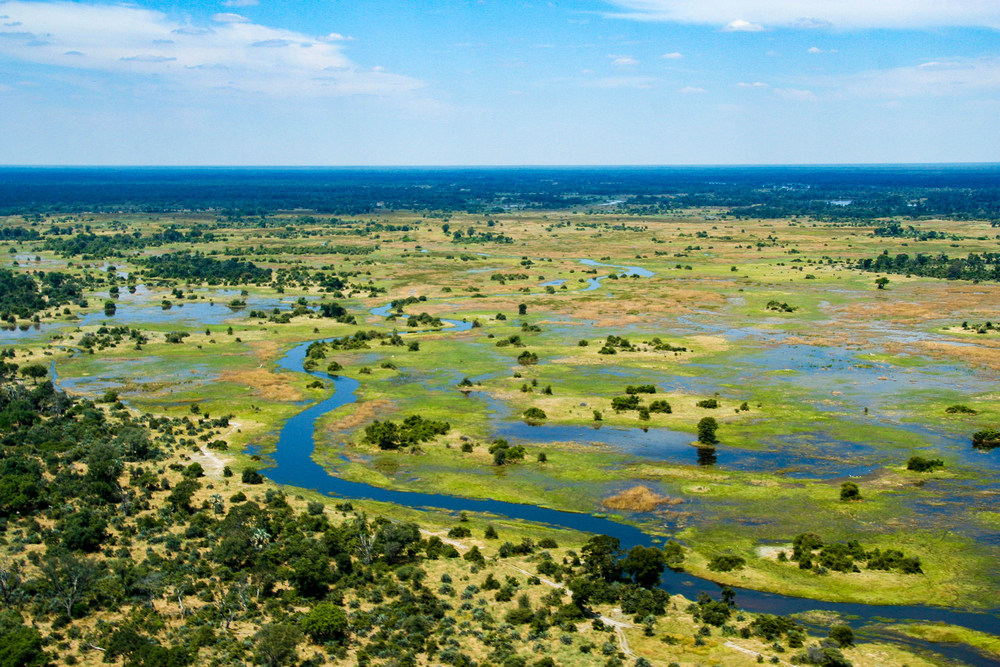The efforts by Wes Jackson
Jay Walljasper | November 2004 issue
Wes Jackson is a visionary researcher who wants to rethink 10,000 years of agriculture from the roots up. You can call him a dreamer, you can call him radical, you can call him boldly original, but please don’t call him “groundbreaking.” He is, literally, just the opposite. The main thrust of his work at the Land Institute in Salina, Kansas, in the heart of the U.S. breadbasket, is searching for ways we can feed the world without breaking ground.
One of the great overlooked problems of our time, Jackson believes, is agriculture’s reliance upon plowing the ground each year. In the United States alone, 2 billion tons of topsoil are lost to erosion. “Soil is as much a nonrenewable resource as oil,” he comments. “Agriculture is a mining operation… In North America’s Upper Midwest, the largest region of the world’s best land, many areas have lost half of their topsoil in just a century and a half of farming.”
His goal is to pioneer a new kind of farming that mirrors the natural ecosystems that once thrived in places where agricultural crops now grow. The U.S. Midwest was covered with prairie, so Jackson and his colleagues experiment with native prairie plants that can provide sustenance for livestock and people without needing vast amounts of fertilizer, pesticides, water for irrigation, fossil fuels for machinery, and the annual ritual of plowing. These new crops are perennials, meaning they will grow back on their own each year, and they are all capable of growing in a polyculture of several species, meaning they will be more resistant to pests and need no fertilizer.
Jackson has seen some success in breeding perennial versions of familiar crops like wheat, sorghum and sunflowers, and discovered some entirely new ones like Illinois bundleflower, a relative of the sunflower that is 38 percent protein, and Eastern Gamagrass, a relative of corn that is three times more rich in protein. His daughter Laura, a biology professor at the University of Northern Iowa, has even discovered a mutant strain of gamagrass that produces four times as many seeds—defying the conventional wisdom that perennial plants could never offer the same high yields as crops that are planted each spring.
In a similar vein, scientists at the International Rice Research Institute in the Philippines are working to develop perennial strains of rice, and Jack Ewel of the University of Florida is pursuing research in Costa Rica on devising a new agriculture based on native tropical ecosystems. – JW
For more information: Land Institute, 2440 E. Water Well Rd., Salina, KS 67401, USA, www.landinstitute.org.











